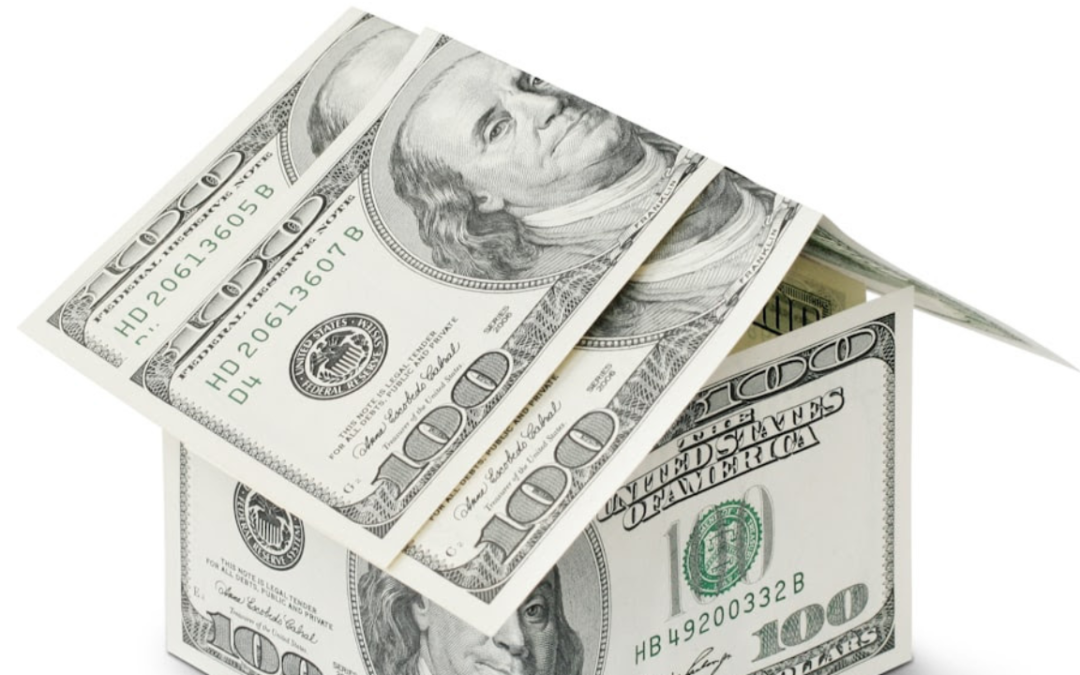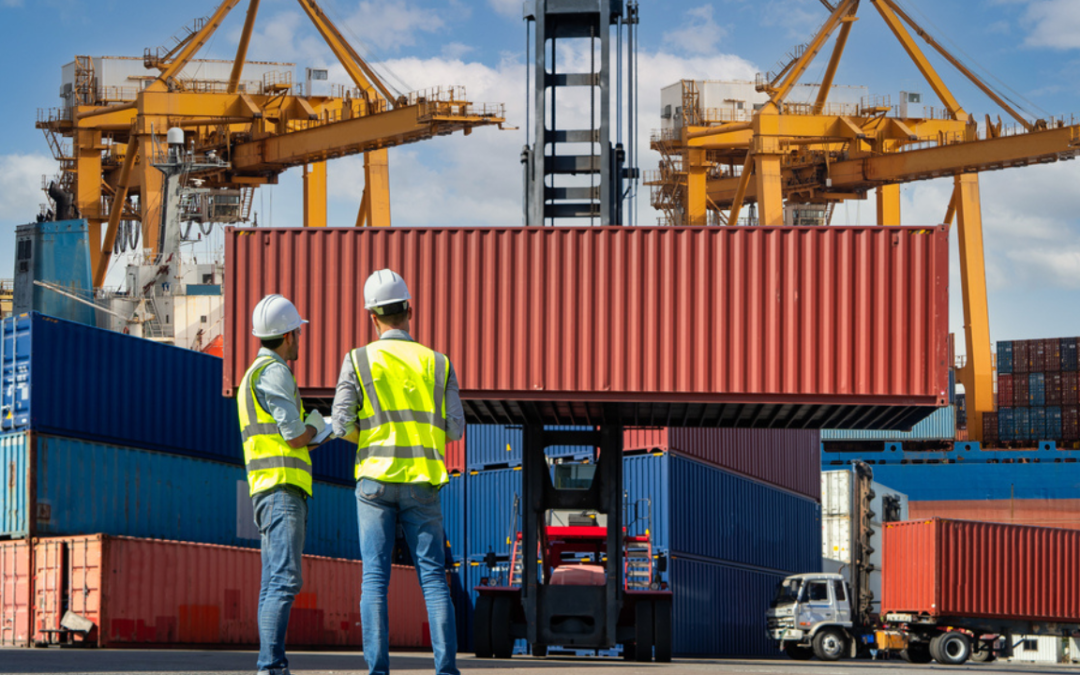The world economy is in the midst of a unique shock. It tests the use of conventional models and history to gain understanding. ‘Normal’ empirical relationships, whether historical or cross-sectional, cannot be relied on as much to explain what is going on and to anticipate how things may evolve. Still, the fundamental tenets of micro- and macroeconomics remain useful.
Among the unique characteristics of what is happening today are the coincidence of large supply- and demand-side shocks, extreme dislocations to the free association and movements of people, and significant upcoming challenges to meet financial obligations across all dimensions of the economy. To make matters more daunting, these dislocations are taking place against the backdrop of diffuse and opaque, yet highly interconnected global production and finance.
The world economy is witnessing rapid and large leftward shifts in both aggregate supply and aggregate demand. These supply shocks occur primarily because production is impaired as workers are told to stay at home to stem the spread of Covid-19. ‘Just-in-time’ inventory management (including via global supply chains) compounds the problem. Even businesses that are relatively unaffected may not be able to source inputs to their production.
The demand shock is occuring for several reasons. The most obvious is lost household income from unemployment. Perhaps more important will be a spike in precautionary savings across the private sector from households and businesses. Demand is also weakened due to the measures taken to stem the rate of Covid-19 infection (e.g., the collapse in travel.)
The ability of policymakers to mitigate economic damage is hampered by complex non-systems of supply and finance. On the supply side, pandemic control requires reducing the movement of people in all geographic dimensions—local, regional, national, and international. That is not compatible with the modern business model based on long supply chains, outsourcing, offshoring, and ‘just-in-time’ inventory management.
Lean and efficient production models require diffuse interconnectivity, precisely what is now being placed on hold by the need to ‘flatten the COVID-19 curve’. Starkly and simplistically put, the ultimate supply constraint in the world economy today is the number of ventilators (or hospital beds), which is binding on most other forms of economic activity, at least in the short run. That constraint reflects the preference of society to prioritize not overloading the healthcare system and minimizing mortality, and is manifest in decisions taken by policy makers around the world, virtually without exception.
As regards finance, the extreme dislocations caused by ’social distancing’ and rapidly falling private sector demand will inexorably lead to the inability of many households, businesses, non-business private entities, and local governments to meet their obligations. In a hypothetical world, where all credit and payments flowed via a few large banks, it might be possible for policy makers to intervene at that critical convergence point to prevent wholesale insolvency, financial disruption, and worse.
However, in a diffuse and globally interconnected ’non-system’ of payment channels and credit risk distribution, the complexity of the task may overwhelm the technical ability of policy authorities. Central banks, regulators, and finance ministries may not be able to identify critical (de)-fault lines and to deploy, in real time, the array of tools (some of which must be first legislated into law) that will mitigate cascading default risk.
Metaphorically, the Dutch boy may not have enough fingers to plug all the holes in the dike before the village is flooded.
Significant and possibly lasting dislocations cannot be avoided, despite rapid, large, and in some cases unprecedented steps initiated by central banks, finance ministries, regulators, and fiscal authorities. The size of the shocks and the complexity of supply-chains and of the financial non-system are simply too large.
A deep recession has arrived, but the greater risk is a longer lasting one, compounded by those factors and the inability of policy to respond expediently and effectively.
Additionally, the size of the economic and financial losses corresponds to the speed and effectiveness of controlling the pandemic. This is not just about flattening the curve, at least not in the way that expression is now commonly understood. The medical and even moral imperative to prevent an overload of the healthcare system has become the short-term supply constraint on the economy. But the length and severity of economic and financial losses depend on whether the pandemic curve can stay flat. The economy (and markets) will test new and deeper lows if rates of infection spike again after restrictions on the movements of people are lifted in the first phase of ‘curve-flattening’.
The economic outlook will look more like a ’tilted W’ (tilted to the right) or an elongated ‘U’ if the pandemic curve cannot be flattened for good. Crucially for the economy, therefore, durable pandemic curve flattening must ultimately be achieved without the need for social distancing. Some other solution – ‘herd immunity’, the development of effective vaccines or antivirals, or a different strategy altogether—will be required to end the economic and financial crisis.
Therefore, uncertainty will dominate private sector decision-making. Efforts to increase savings, while individually rational, collectively will result in a deeper and longer-lasting recession. Fiscal expansion, most probably financed via central bank monetization, is the only tool that can mitigate that outcome. As long as uncertainty remains elevated, however, fiscal policy will probably only partly offset a private sector spending slump.
That is not because of any theoretical constraint on fiscal easing, but rather because of probable political constraints on what governments can do. Hence, the key to economic recovery is removing the fundamental source of uncertainty, which is about pandemic control and the measures to achieve it.
While forecasting precision is impossible, it seems probable that global economic output will fall by at least a fifth and perhaps by a third or more during the next few months. Rates of unemployment will also jump to between a quarter and a third of the labor force. Although measures will be taken to prevent insolvency, business and household bankruptcy will spike and will, in all probability, overwhelm the legal system’s ability to process cases and claims. Moratoriums and suspensions on debt restructuring or liquidation would appear necessary and probable.
Those measures would come at a cost, namely that the financial and economic fallout will last longer as new forms of uncertainty about claims linger. Large-scale or blanket debt repudiation will enter the debate. They are probably infeasible for political, financial, and economic reasons.
Despite the aforementioned large supply shock, the demand shock is at least as large. Prices of some goods and services may temporarily spike due to shortages, although the overall impact is likely to be deflationary. Central banks, in any event, will focus macroeconomic and monetary policy terms on financing the required increase in government debt (monetization), and in microeconomic terms on backstopping the financial system. Inflation, if it comes, will arrive and will be dealt with later. Deflation is the greater risk, particularly should deflationary expectations become embedded in decision-making.
Accordingly, nominal short, and long-term interest rates will remain very low (in some cases negative). The financial system is probably not able to withstand deeply negative nominal interest rates — as seen in Europe or Japan – and the Fed is reluctant to pursue that option. That means there is a non-negligible risk that real interest rates will rise if deflation expectations take root.
As a result, central banks will use all available tools, including asset purchases, forward guidance, regulatory forbearance, and debt monetization to support growth and to lift inflation expectations. They will do so for as long as may be necessary.
What, then, would have to change to anticipate less bad outcomes? The fulcrum on which much rests is pandemic control. If the policies of ’social distancing’ can be relaxed sooner and comprehensively (e.g., due to a vaccine, ‘herd immunity’, change in strategy), the outlook will change significantly. Damage to the economy and financial system is not yet so pernicious that it cannot be reversed. If the pandemic outcome changes relatively soon, a ‘V’-like recovery becomes the base case.
Still, supply and demand-side shocks, compounded by the interdependencies and fragilities of the economic and financial systems remain significant challenges.
Absent expedient, effective and durable pandemic control, economic and policy responses – however unconventional – will not be sufficient to prevent economic and financial losses greater than any seen in living memory.



